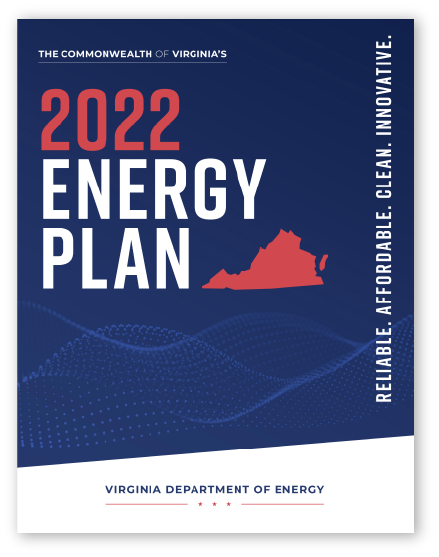
Virginia's 2022 Energy Plan
Reliable. Affordable. Clean. Innovative.
From Nuclear to solar and beyond... Governor Youngkin’s energy plan embraces an all-of-the-above strategy for ensuring Virginians enjoy a safe, clean, and afforadble energy future. Learn more about the plan, the data behind it, and what it could mean for you at the link below.
